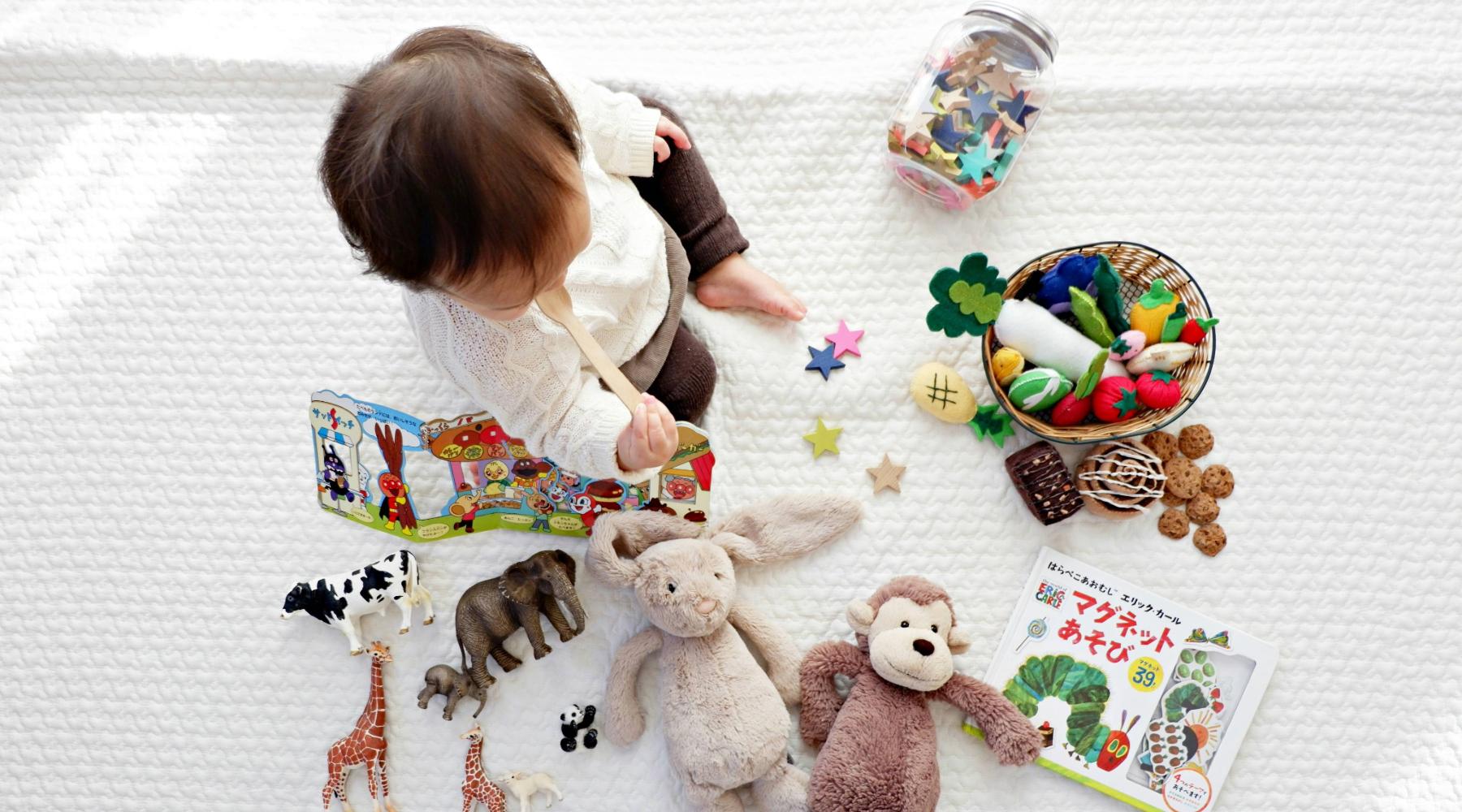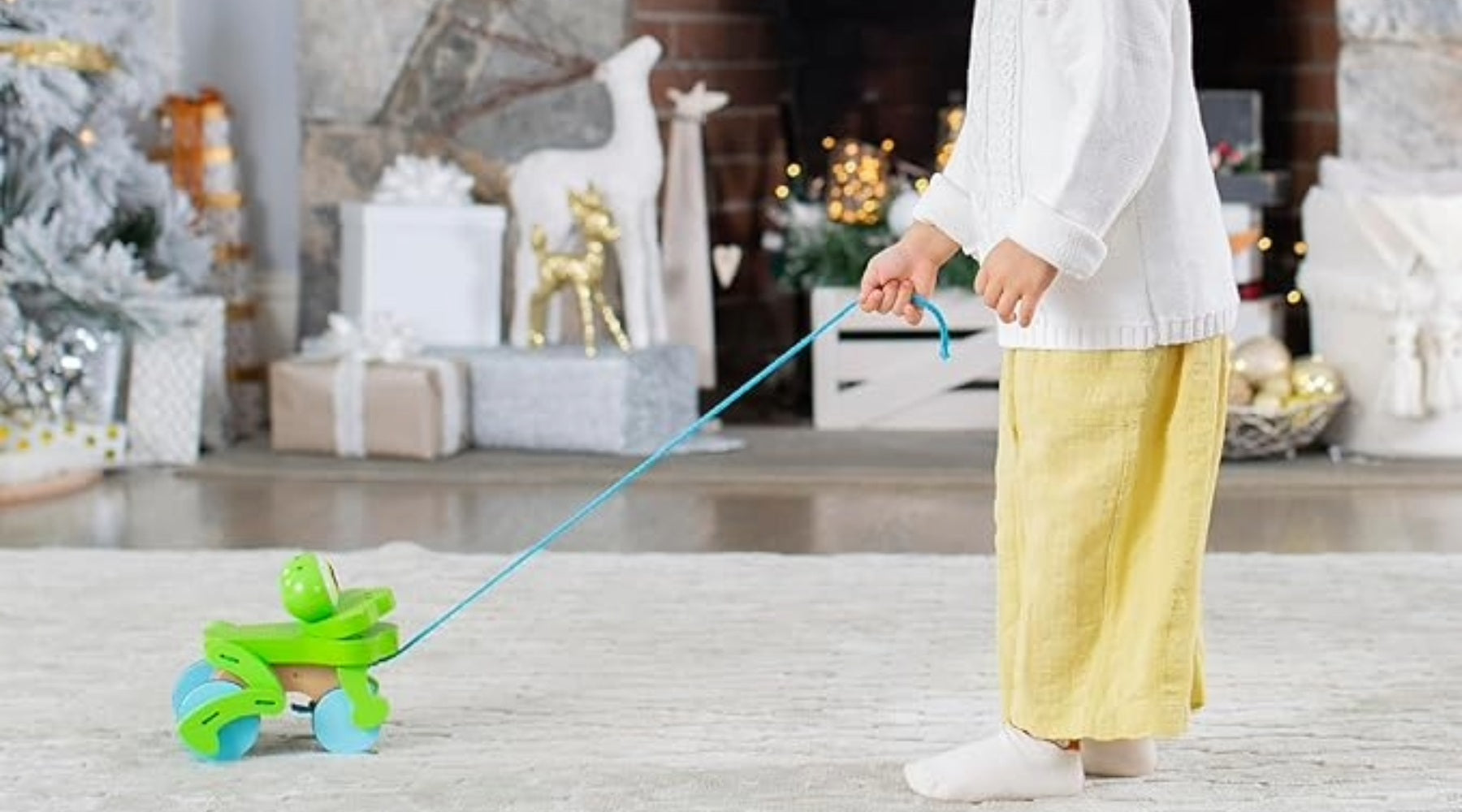Montessori Approach to Independent Play
Inspired by Emily's success at Montessori school, where we witnessed a significant improvement in her focus and self-reliance, we decided to adapt key Montessori principles at home. This involved creating a thoughtfully organized play space, offering open-ended toys, respecting her interests, and gradually introducing periods of independent play. By minimizing distractions and fostering a sense of freedom, we aimed to eliminate screen time and cultivate Emily's natural curiosity and love of learning.
Advantages of Independent Play
Independent play is more than just a break for parents; it's a cornerstone of a child's development. Here are some key benefits:
- Enhances Problem-Solving Skills: Activities like puzzles and building blocks challenge children to think critically and find solutions on their own.
- Boosts Creativity and Imagination: Engaging with a variety of toys and materials allows children to use their imagination and invent their own worlds.
- Develops Focus and Attention: By playing alone, children learn to concentrate on tasks and extend their attention span.
- Encourages Emotional Growth: Independent play helps toddlers learn how to handle solitude and manage their emotions, fostering resilience.
- Promotes Decision-Making Skills: Choosing what to play with and how to play with it helps children become more decisive and confident in their choices.
Create a "Yes" Environment
Creating a safe and inviting play space means designing a "Yes" environment where you won't find yourself constantly saying "No." This involves setting up areas with toys and activities that are safe and age-appropriate, allowing your toddler to explore without frequent restrictions.
This can encourage creative exploration and boost their focus and confidence without the risk of getting into something they shouldn’t. A Montessori inspired bedroom, with thoughtfully organized furniture and age-appropriate materials, can be a fantastic starting point.
Guiding Independent Play: A Balanced Approach
- Observe and understand: Instead of immediately intervening, a Montessori approach encourages adults to observe the child and try to understand the source of their frustration. Are they struggling with a particular aspect of the toy? Is the task too challenging for their current developmental level? Are they tired or hungry?
- Offer support, not solutions: The goal is to support the child in working through their frustration, not to simply fix the problem for them. This might involve offering gentle encouragement, breaking down the task into smaller steps, or providing a hint without directly giving the answer.
- Respond to their cues: If they ask for help, be there to assist them.
- Respect their focus: Avoid interrupting them when they're deeply engrossed in an activity. This helps them develop concentration and problem-solving skills.
Minimizing Distractions and Maximizing Engagement
- Rotate toys regularly: Limit the number of toys available at any given time to prevent overstimulation and encourage focused play.
- Create a clutter-free space: A clean and organized play area promotes a calmer environment and allows children to fully engage with their toys.
- Choose confidence-building toys: Select toys that challenge your child's abilities while also providing opportunities for success. A mix of familiar and challenging toys can foster a sense of accomplishment and encourage them to step outside their comfort zone.
- Introduce age-appropriate toys: Ensure toys are safe and designed to support your child's developmental stage.
The Importance of Practical Life Activities
Incorporating children into everyday activities, as advocated by the Montessori method, nurtures their sense of responsibility and belonging. Involving them in tasks like cooking, cleaning, and gardening enhances their motor skills and practical knowledge while boosting their self-esteem.
Conclusion
Encouraging independent play is a nurturing way to support your child's development across various domains. By setting up a supportive environment and using strategies that promote self-guided exploration, you help build a foundation for a confident, creative, and self-reliant individual. Watching your child engage in independent play is not only rewarding but a testament to their developing autonomy and skills.
If you have any questions or would like to share your own experiences with fostering independent play, please leave a comment below!
Looking for a Recipe? Search here!

Hey there! So… who even am I, and why should you trust me? I’m Tamara—just a girl trying to live her happiest, healthiest life.
After years of traveling the world as a digital nomad (with everything I owned in two suitcases), I discovered that a sustainable lifestyle gave me so much freedom and joy. I eat better food, I own fewer but better things, and this mindset helped me stay sane—especially after becoming a parent. I love my life and my daughter deeply, and that’s a big part of why I live low waste too: to respect the generations to come and do my part for a better tomorrow.
This little corner of the internet is a reflection of that journey—where I share what’s truly worked for me and what I genuinely use and love in my own life. So glad you're here!




Leave a comment
This site is protected by hCaptcha and the hCaptcha Privacy Policy and Terms of Service apply.